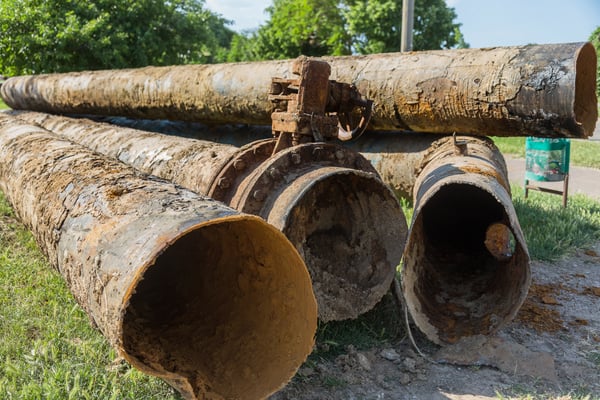The OneBridge Team has been busy building new functionality in the Crack Management Module. One of the key features is a “self-contained” fatigue analysis within the CIM platform. Users don’t need to export their crack data to another application for analysis, risking copy & paste errors, or fumbling with disparate formatting styles. In CIM, Users set their analysis parameters and let the platform do the work.
The first phase of our Crack Management Module development allows Users to perform a “simplified” fatigue analysis based on their ILI results. This is intended for Users who don’t have full pressure cycling pressure data, or Users interested in performing quick and easy sensitivity studies without the challenges and wait times of other applications.
The SFA is based on numerical integration of the Paris Equation. That means there is no need for the software to grind its way through tens of thousands of calculations for each reported flaw. Even large ILI file sizes can be analyzed in a few minutes or less. Users can easily adjust the Paris Coefficient and Exponent through our editable attributes. They input a Cyclic Index to estimate the pressure cycling severity on the line. Adjusting the analysis’ Suction-to-Discharge ratio allows CIM to approximate the pressure drop along the pipeline for flaw location specific calculations.
Our next task at OneBridge is to implement pressure cycling analysis, to allow a “full” fatigue analysis. Pressure data will be uploaded using a simple template. CIM will perform a rainflow counting algorithm behind the scenes. Pressure spectra will be constructed and converted to Cyclic Indices. The Paris Exponent will be included for variable Index calculations, allowing for further sensitivity studies. If suction pressure data and elevations are uploaded, the analysis will estimate the pressure profile along the pipeline. Our current efforts have focussed on the modified log-secant model, really just to get the ball balling. Later, we’ll look at newer models.
Many analysts prefer to consider alternative methodologies before making any big decisions. CIM will soon perform an ILI crack-to-crack fatigue analysis, in the same way it currently performs an SCC growth rate estimate, but applying the basic Paris Equation. Choose a Paris Exponent and see what the ILI data tells you. Of, course, analysts will have to consider depth sizing errors on their tool runs, but that’s no different from any other methodology. Hopefully, this will help Users with more informed decisions.
We are always open to engaging with new operators to ensure we are encompassing functionality that can be used industry-wide. If you are interested in participating in the next phase of the private preview program or learning more about the Crack Management, feel free to reach out to us.
This is just the beginning. Going forward, we will be implementing more failure pressure models, pressure cycling data analysis, pressure profile calculations, and maybe a few special surprises for Users!


















